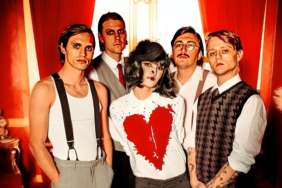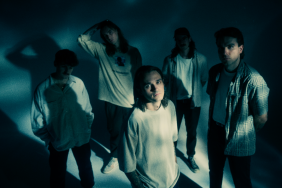The International and local artist’s included in this exhibition are inspired by Popular Culture, including the virtual environment Second Life, content sharing sites Youtube and Flickr, and online games such as World of Warcraft and Half Life.
The original definition of the Sanskrit word Avatar is the descent of God or simply incarnation. Today the term avatar is commonly associated with an online user’s representation of themselves. Whether in the form of a graphical action figure used in online worlds, screen name or icon.
If you are a member of online communities such as Facebook or Myspace you have an online identity or avatar. In daily life we play out various roles, and often have different work, home and social indentities. This now extends to cyberspace, where we are more likely to experiment than in real life, resulting in the creation of multiple identities that differ from the real life persona.
At a time when real life communities are dwindling and virtual communities are rapidly increasing, the way that we are perceived in cyberspace is becoming just as important as in real life.
Avatar: the new you, questions conventional attitudes towards technology, identity, sexuality, spirituality and violence. Examining how these issues have been transformed by new online technologies.
Included in this exhibition is a video Instillation by Claudia Hart, The Swing 2006, Machina is an avatar who appears in a number of Hart’s computer generated works. A plump nude loosely based on the Baroque painter Reuben’s portraits of his wife. In this work Machina swings on a seat suspended from the sky, she does not exist in service of any game. The Swing, critiques the hyp-erotic images of females often found in cyberspace and societies fetishisation of technology.
The rise of violence in contemporary culture is often attributed to the influences of mass media and new technology such as computer games. Some experts claim that children are learning to kill from video games, that this may explain the recent wave of school shootings in the United States.
Aram Bartholl, First Person Shooter 2005, an interactive installation that comments on violence in video games, playfully addresses this by including in the instructions “Extensive use might cause unpredictable behavior.” This work also highlights how separate everyday life is from the virtual gaming space.
Sydney based emerging artist, Justin Shoulder’s instillation and series of photographs are often described as documentations of performance. But the artist prefers the reference to be ‘sightings’ of a mythical urban creature, created out urban detritus and the refuse of consumption.
Justin Shoulder’s mythical creatures made their first appearance or according to the artists were ‘born during performances’ at underground clubs of Sydney. From a world of drag queens, strippers and leathermen, Shoulder’s fantastical creatures emerge as a new form of transgressive roleplay.
The artist when creating this work, was searching for something, a new type of ritual, a mythological creature to explain everything and a possible replacement for more conventional religious beliefs, that he did not have or was not in touch with.
While there are concerns regarding the profound effects that new technologies and cyberspace is having on contemporary culture. There is also a sense of searching or a desire, that exists in our culture that has lead to its creation.
This exhibition highlights the possibilities of what can happen when identity is no longer simply dictated by social convention and the subjectivity to our physical body is redefined.

Artists
Myfanwy Ashmore (Canada)
Aram Bartholl (Germany)
Tobias Bernstrup (Sweden)
Zeng Han & Yang
Changhong (China),
Daniel Handal (Usa)
Claudia Hart (Usa)
Cees-jan Kiewiet /
Wyrihaximus (Netherlands)
David Meléndez (Mexico)
Steve Miller /
Arahan Claveau (Uk)
Melissa Ramos
& Rhys Turner (Australia)
Justin Shoulder (Australia)
Tale Of Tales Game Design Forum (Belgium).
Curated by
MALCOLM SMITH
Australian Centre for Photography
257 Oxford Street Paddington NSW
5 September – 4 October 2008












